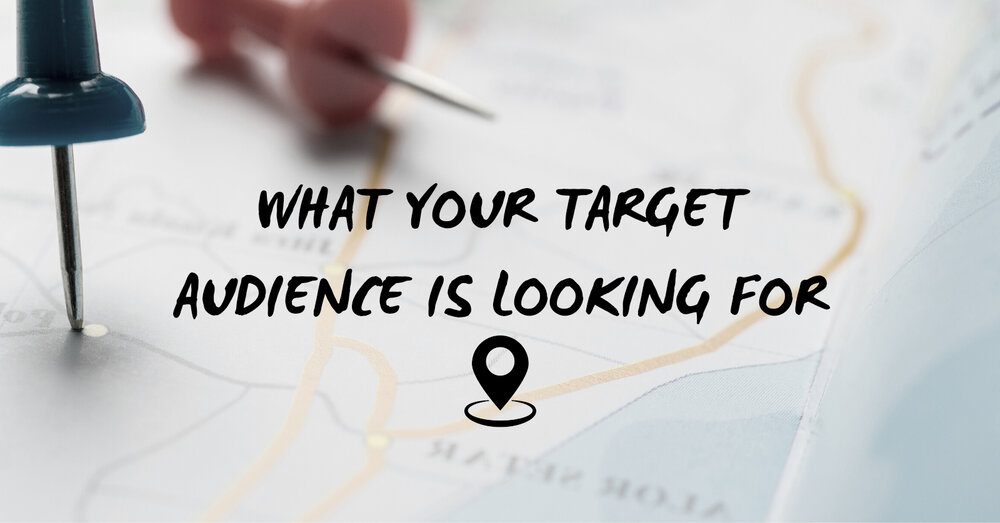Your target audience is out there thinking about their next surftrip. And you, do you know how to attract them to your accommodation?
WHAT IS TARGET AUDIENCE?
This is the group of people to whom we are going to allocate our product or service to segment the market.
Defining your target audience helps you communicate to your potential customers. They will identify much better with your brand. That means, you choose language, images, price range, communication and distribution channels adapted to your market.
Example: It is not the same to target US customers who already know how to surf with a high level of acquisition than German students who are learning to surf.
THE IMPORTANCE OF KNOWING HOW TO COMMUNICATE WITH YOUR TARGET AUDIENCE.
When creating our marketing plan we must design it as a tailored suit. Our target audience definition is key.
Market segmentation helps us to select who will be directed by the selection of geographic, demographic, psychographic and behavioral variables
Defining your target audience optimizes your marketing strategies. For example, if we are focused on a proximity X market, there is no point in reaching other markets that are on the other side of the world. If the trend in our area is US target audience, we should study that segment as a market for our brand and focus our strategy: communicate in English, make packages for your long-weekends, study your guest booking behavior, etc.
Let's see the segmentation advantages in our target audience:
- Budget optimization.
- Define correctly our communication.
- Consolidate engagement in our market.
DEFINING YOUR TARGET AUDIENCE:
There are many types of customers in the market that have different characteristics and needs. Therefore, following these steps will help us optimize our marketing plan:
- Market analization.
- Investigate each of the market segments through these variables:
- Geographical: Countries, cities and even neighborhoods.
- Demographics: age, occupation, income, education.
- Psychographic: social class, lifestyle or personality.
- Of conduct: level of use, frequency of use or level of fidelity.
- Study the competition.
- What is the trend in your industry? Learning from your competition can help you segment your target audience correctly. The mistakes and shortcomings of your competition are a business opportunity for your brand.
- Target market selection.
- After analyzing your market and competition, you can position your brand around you target audience segment.
- Once these steps are followed, we can develop a marketing strategy based on your target audience.


